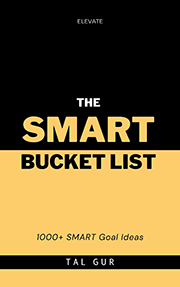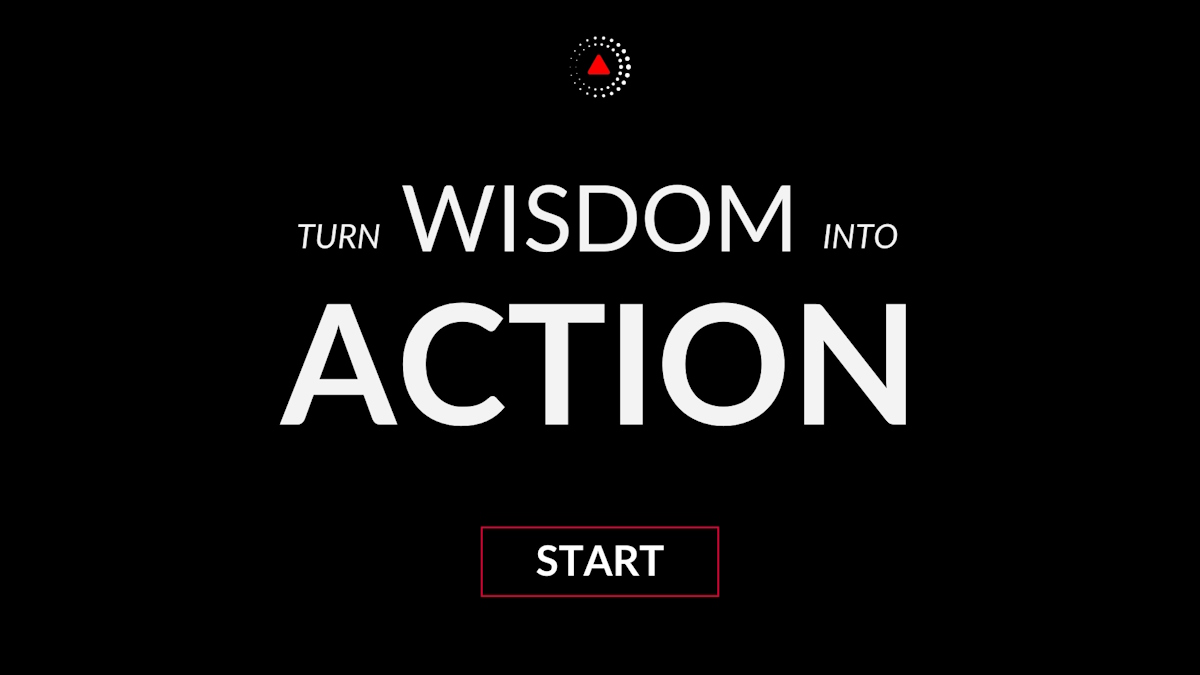A whole is that which has a beginning, a middle and an end.
What's the meaning of this quote?
Quote Meaning: The quote "A whole is that which has a beginning, a middle, and an end" encapsulates a profound perspective on the nature of completeness and structure. At its essence, this statement suggests that something can only be considered whole or complete if it possesses a clear progression from inception through development to conclusion.
Fundamentally, this notion mirrors the concept of narrative or journey. Just as a story unfolds with a starting point, evolves through various stages of conflict and resolution, and ultimately reaches a conclusion, so too does anything we perceive as whole. Whether applied to a work of art, a project, or even a life itself, the idea hinges on the idea that true fulfillment or completeness arises from a coherent and purposeful progression.
The "beginning" represents the origin or the initial phase, where ideas are conceived, plans are formulated, or actions are initiated. It marks the point of inception from which everything else derives its existence or purpose. This stage is crucial as it sets the foundation upon which the entire entity or endeavor will be built upon.
Moving into the "middle," we encounter the phase of development and evolution. This is where the core substance of the entity takes shape, where challenges are faced, growth occurs, and the central themes or objectives begin to unfold. The middle phase is often characterized by dynamic changes, learning curves, and the gradual realization of potential.
Finally, the "end" signifies the culmination or resolution. It is the endpoint that brings closure to the journey or process. Here, the outcomes are evaluated, achievements are assessed, and conclusions are drawn. This phase not only solidifies the entity as a whole but also provides a sense of achievement, closure, or transformation.
Beyond its literal application, the quote also holds deeper philosophical implications. It suggests that true fulfillment or wholeness isn't simply a matter of existence but rather of coherence and purposeful progression. It invites contemplation on the nature of time, change, and continuity—all essential elements in our understanding of what constitutes a complete and meaningful experience.
In essence, the quote invites us to reflect on the structural integrity of entities, endeavors, and experiences in our lives. It prompts us to consider how beginnings, middles, and ends not only define but also enrich our perceptions of completeness and fulfillment. Whether applied to storytelling, personal growth, or the development of ideas, this perspective offers a timeless reminder of the narrative framework that underpins our understanding of entirety and significance.
Who said the quote?
The quote "A whole is that which has a beginning, a middle and an end." is often attributed to Aristotle (Bio / Quotes). Aristotle was a Greek philosopher and scientist who is widely regarded as one of the greatest thinkers in history.
Is there a historical example that illustrates the message of the quote?
One historical example that illustrates the quote "A whole is that which has a beginning, a middle, and an end" is the structure of the ancient Greek epic poem, the "Iliad" by Homer.
The "Iliad" is an epic narrative set during the Trojan War and follows a clear, structured progression that adheres to the idea of a "whole." It begins with the conflict between Achilles and Agamemnon, which sets the stage for the unfolding drama. The middle part of the poem deals with various battles and the emotional turmoil of the characters, including the famous duel between Paris and Menelaus, and Achilles' rage against Hector. The poem concludes with Hector’s funeral, marking the end of the story and providing resolution to the themes of honor and vengeance.
This structure—beginning with a conflict, developing through various interactions and events, and culminating in a resolution—embodies the concept of a whole as described in the quote. The "Iliad" demonstrates how a narrative can be effectively structured to provide a cohesive and satisfying story, integrating beginning, middle, and end to create a unified whole.
How can the quote be applied in a real-life scenario?
Applying the quote "A whole is that which has a beginning, a middle, and an end" in a real-life scenario can be seen in project management, particularly in the development of a new product.
Consider a company launching a new tech gadget. The project can be approached by structuring it into three distinct phases:
Beginning: This is the planning phase, where the team defines the product concept, conducts market research, and sets objectives. The beginning involves outlining the vision, identifying resources, and setting a timeline.
Middle: The development phase follows, where the product is designed, prototypes are created, and testing is conducted. This phase is characterized by iterative processes, problem-solving, and adjustments based on feedback. It involves a significant amount of work and collaboration among different departments.
End: Finally, the product is launched, and the team moves into the post-launch phase. This includes marketing, distribution, and evaluating the product’s performance. The end phase involves assessing the outcomes, addressing any issues that arise, and considering future improvements.
In this scenario, structuring the project into a clear beginning, middle, and end ensures that each stage is thoughtfully executed and contributes to the overall success of the product. This approach helps maintain focus, manage resources effectively, and achieve a well-rounded outcome, embodying the essence of a "whole" as described in the quote.
Chief Editor
 Tal Gur is an author, founder, and impact-driven entrepreneur at heart. After trading his daily grind for a life of his own daring design, he spent a decade pursuing 100 major life goals around the globe. His journey and most recent book, The Art of Fully Living, has led him to found Elevate Society.
Tal Gur is an author, founder, and impact-driven entrepreneur at heart. After trading his daily grind for a life of his own daring design, he spent a decade pursuing 100 major life goals around the globe. His journey and most recent book, The Art of Fully Living, has led him to found Elevate Society.



















